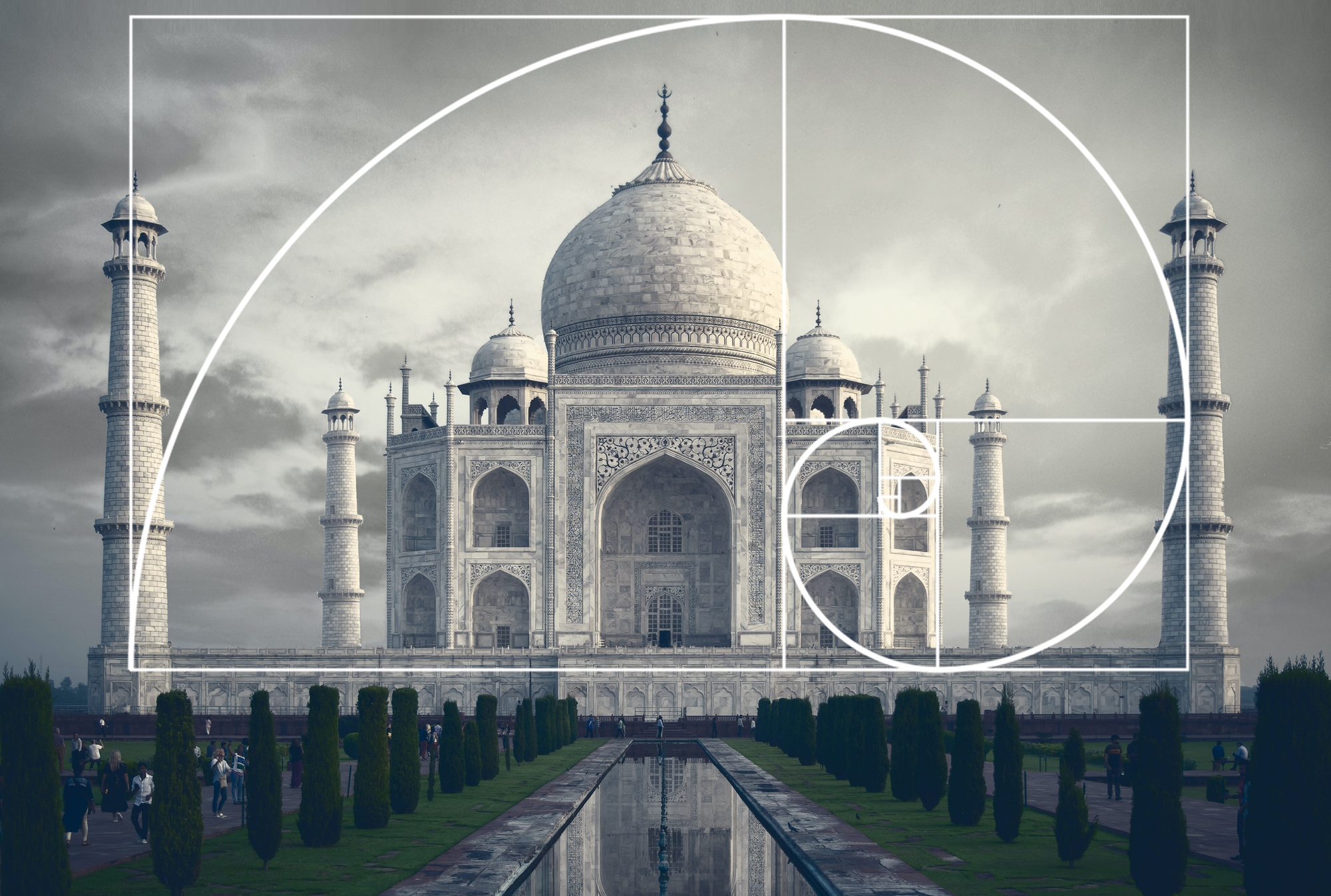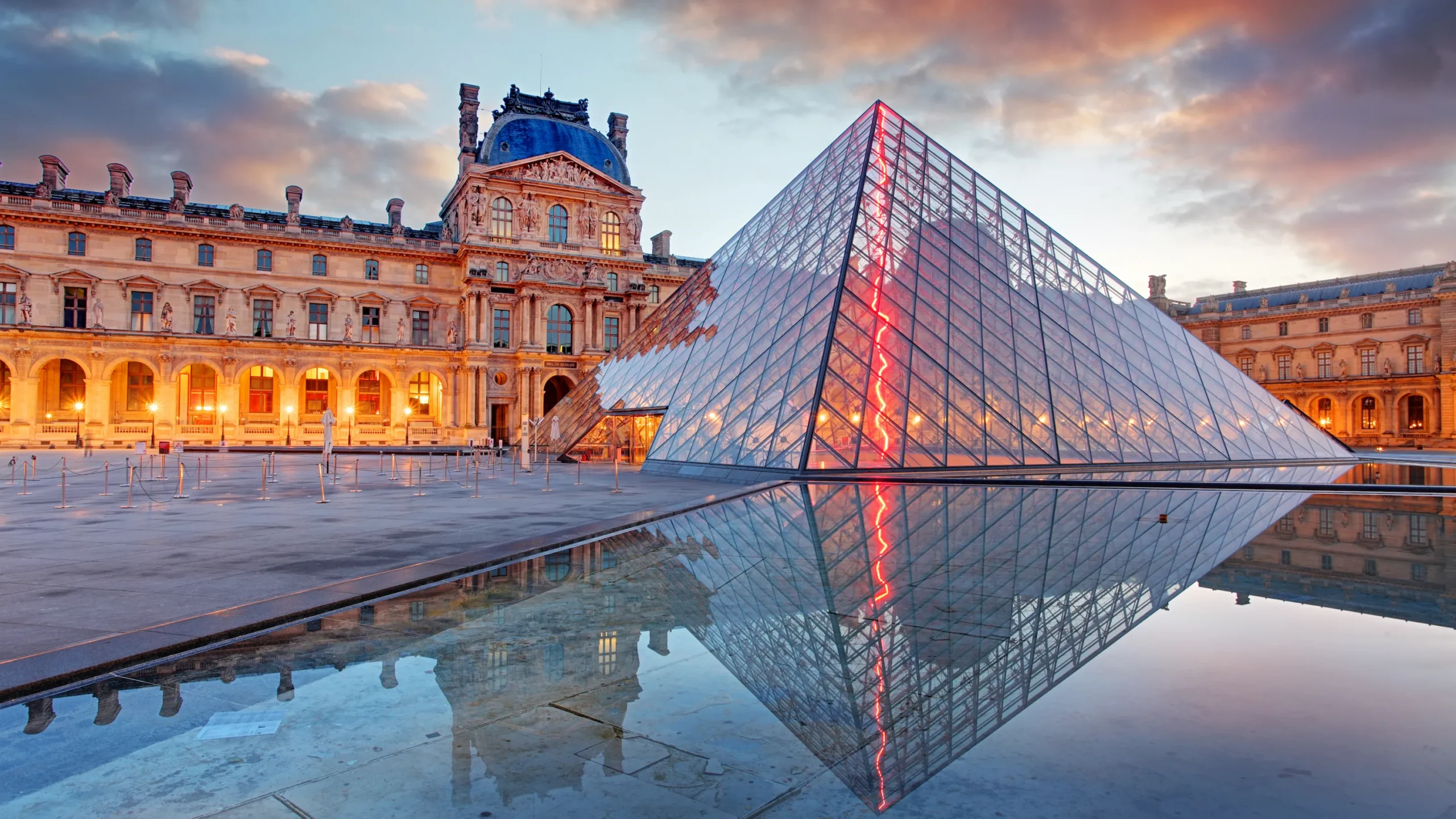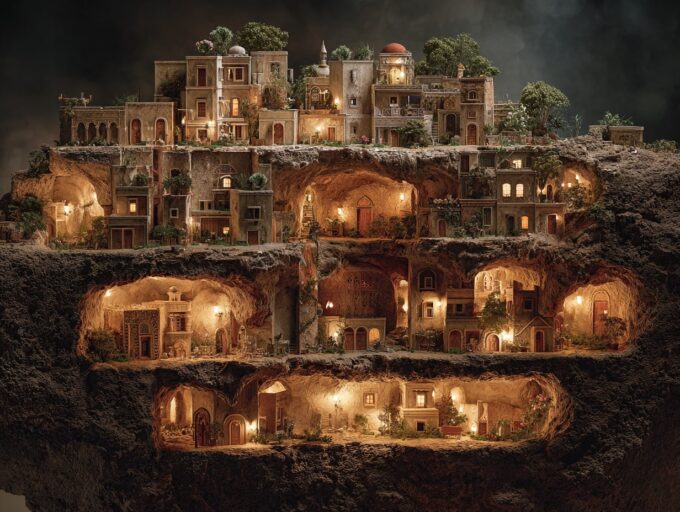- Home
- Articles
- Architectural Portfolio
- Architectral Presentation
- Inspirational Stories
- Architecture News
- Visualization
- BIM Industry
- Facade Design
- Parametric Design
- Career
- Landscape Architecture
- Construction
- Artificial Intelligence
- Sketching
- Design Softwares
- Diagrams
- Writing
- Architectural Tips
- Sustainability
- Courses
- Concept
- Technology
- History & Heritage
- Future of Architecture
- Guides & How-To
- Art & Culture
- Projects
- Interior Design
- Competitions
- Jobs
- Store
- Tools
- More
- Home
- Articles
- Architectural Portfolio
- Architectral Presentation
- Inspirational Stories
- Architecture News
- Visualization
- BIM Industry
- Facade Design
- Parametric Design
- Career
- Landscape Architecture
- Construction
- Artificial Intelligence
- Sketching
- Design Softwares
- Diagrams
- Writing
- Architectural Tips
- Sustainability
- Courses
- Concept
- Technology
- History & Heritage
- Future of Architecture
- Guides & How-To
- Art & Culture
- Projects
- Interior Design
- Competitions
- Jobs
- Store
- Tools
- More
Golden Ratio Samples in Architecture #1
The Golden Ratio is a timeless mathematical principle that has shaped architecture across cultures and centuries, guiding designers toward harmony, balance, and proportion. From ancient monuments like the Parthenon and the Great Mosque of Kairouan to modern landmarks such as the United Nations Secretariat Building, this ratio has been used to organize space, structure, and visual rhythm.

The Golden Ratio is a mathematical concept that has fascinated architects and designers for centuries. It is a proportion that is found in nature, art and architecture, and is said to create a sense of harmony and balance in design. In this article, we will explore the role of the Golden Ratio in architecture and how it has been used throughout history.
The Golden Ratio, also known as the Divine Proportion or the Golden Mean, is a mathematical concept that describes the relationship between two quantities. It is found when the ratio of the smaller quantity to the larger quantity is equal to the ratio of the larger quantity to the sum of the two quantities. This results in a ratio of approximately 1:1.6180339887.The Golden Ratio can be found in many natural phenomena, such as the spiral patterns of shells and the growth patterns of plants. It has also been used in art and architecture for thousands of years.

Architects have been using the Golden Ratio in their designs for centuries, believing that it creates a sense of balance and harmony in a building. The ratio can be found in many elements of architecture, including the overall proportions of a building, the placement of windows and doors, and the design of decorative elements. The Golden Ratio has been used in architecture for thousands of years, with architects believing that it creates a sense of harmony and balance in a building. From the Parthenon in Athens to the Guggenheim Museum in New York City, the ratio can be found in many famous buildings throughout history.
Table of Contents
ToggleThe Parthenon
The Parthenon in Athens, Greece, is one of the most famous examples of the Golden Ratio in architecture. The overall proportions of the temple are said to be based on the ratio, with the width of the building being 1.618 times the height. The placement of the columns on the building is also said to be based on the Golden Ratio. The space between the columns is approximately 1.618 times the diameter of each column, which creates a sense of balance and harmony in the building’s design.

Notre-Dame Cathedral
The Notre-Dame Cathedral in Paris, France, is another example of the Golden Ratio in architecture. The height of the cathedral is 1.618 times the width, and the rose window at the front of the cathedral is also said to be proportioned according to the ratio. Another example of the Golden Ratio in the cathedral‘s design is the rose window located at the front of the building. The window is divided into sections that are proportioned according to the ratio, with the size of each section being 1.618 times larger than the section next to it. This creates a sense of harmony and balance in the design of the window.
The Great Mosque of Kairouan
The Great Mosque of Kairouan in Tunisia is one of the oldest and most important mosques in the Islamic world. The mosque features many examples of the Golden Ratio in its design, including the width of the prayer hall, which is 1.618 times the length. One of the most significant ways in which the Golden Ratio is used in the Great Mosque of Kairouan is in the design of the mihrab. The mihrab is a niche in the mosque‘s qibla wall that indicates the direction of Mecca, which is the direction that Muslims face during prayer. Moreover, the overall dimensions of the mosque’s prayer hall are also believed to be based on the Golden Ratio. The length of the hall from the qibla wall to the rear wall is approximately 1.618 times its width, which creates a sense of proportion and scale in the space.
The Taj Mahal
The Taj Mahal in Agra, India, is one of the most famous examples of Mughal architecture in the world. The proportions of the Taj Mahal are said to be based on the Golden Ratio, with the height of the dome being 1.618 times the width.

The United Nations Secretariat Building
The United Nations Secretariat Building in New York City is a modern example of the Golden Ratio in architecture. The height of the building is 1.618 times the width, and the building’s design is said to be based on the principles of dynamic symmetry, which is related to the Golden Ratio. One example is the building’s lobby, which features a spiral ramp that leads to the upper floors. The width of the ramp is said to be approximately 1.618 times larger than the height of each step, creating a sense of balance and proportion in the design. Another example is the proportion of the building’s height to its width. The building is approximately 1.6 times taller than it is wide, which is close to the Golden Ratio proportion of 1.618:1pro. This creates a sense of balance and harmony in the building’s overall proportions.

- Aesthetic Proportions in Architecture
- Architectural Proportion Golden Ratio
- Fibonacci Sequence in Architecture
- Golden Ratio
- Golden Ratio Architectural Design
- Golden Ratio Architecture
- Golden Ratio Design
- Golden Ratio Design Samples
- Golden Ratio in Architecture
- Golden Ratio in Building Design
- Golden Ratio in Buildings
- Golden Ratio modern architecture
- Golden Section Architecture Examples
- Phi in Architectural Design
1 Comment
Submit your architectural projects
Follow these steps for submission your project. Submission FormLatest Posts
The 10 Most Iconic Buildings in the World and Their Stories
From ancient marvels like the Great Pyramid of Giza to modern icons...
How to Choose the Best Balloon Garland Kit for Your Event Theme
Balloon garlands are now a very popular decoration for today’s celebrations, including...
Dependable Service for Everyday Appliance Problems
When a washer stalls mid-cycle or a fridge warms up, you need...
8 Essential Web-Based Mapping Tools for Modeling Sea Level Rise and Flood Impacts
As climate change accelerates, flood risk and sea level rise have become...











The United Nations building does not demonstrate the Golden Ratio. You should show the calculations rather than just stating that this is true.